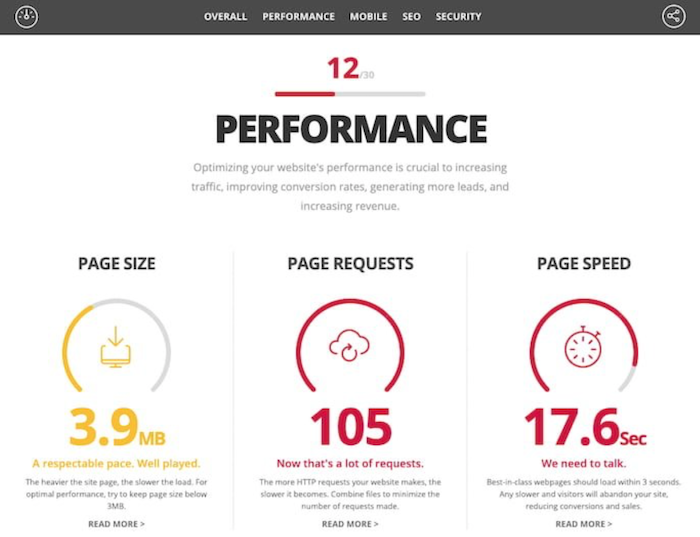In the world of web development, one of the key factors that can greatly impact the performance of a website is the number of HTTP requests that it makes. Each time a web page loads, it sends out multiple requests to the server to fetch various resources such as images, CSS files, and JavaScript files. These requests can significantly slow down the loading time of a website, especially on slower internet connections.
How HTTP Requests Affect Website Performance
When a web page makes too many HTTP requests, it can lead to increased load times, higher bounce rates, and lower overall user satisfaction. Studies have shown that users are more likely to abandon a website if it takes more than a few seconds to load, making it crucial for web developers to optimize their websites for better performance.
Strategies for Reducing HTTP Requests
There are several strategies that developers can employ to reduce the number of HTTP requests made by a website:
Combine and Minify Files: By combining multiple CSS and JavaScript files into a single file and minifying the code, developers can reduce the number of requests made by the browser.
Use Image Sprites: Image sprites combine multiple images into a single image file, reducing the number of image requests made by the browser.
Leverage Browser Caching: By setting appropriate cache headers, developers can instruct the browser to store certain resources locally, reducing the need to fetch them from the server on subsequent visits.
Lazy Load Images: By only loading images when they come into view, developers can reduce the initial load time of a web page.
Testing and Monitoring Performance
After implementing these strategies, developers should regularly test and monitor the performance of their websites to ensure that they are achieving the desired results. Tools such as Google PageSpeed Insights and GTmetrix can provide valuable insights into the performance of a website and help identify areas for further optimization.
Conclusion
Reducing HTTP requests is a critical aspect of web development that can have a significant impact on the performance of a website. By implementing strategies such as combining files, using image sprites, leveraging browser caching, and lazy loading images, developers can improve the speed and efficiency of their websites, leading to a better user experience and increased engagement.
This article provides an in-depth overview of the importance of reducing HTTP requests for better website performance and offers practical strategies for web developers to optimize their websites for speed and efficiency. By following these guidelines, developers can enhance the user experience, reduce bounce rates, and ultimately drive more traffic to their websites.
